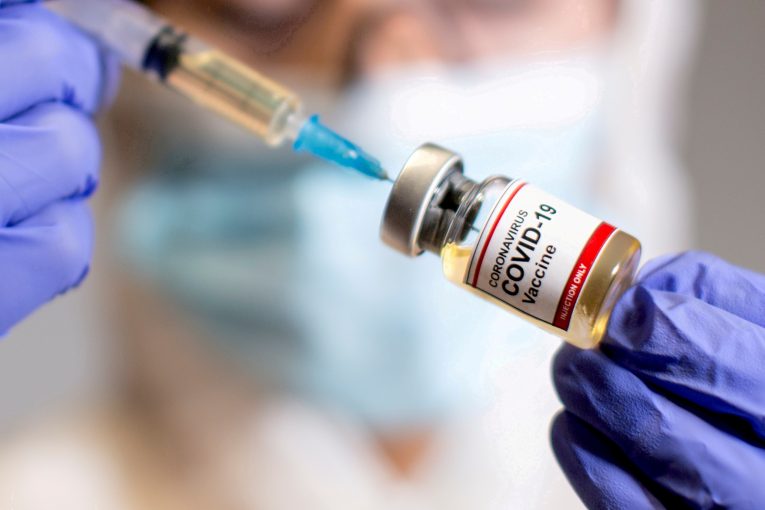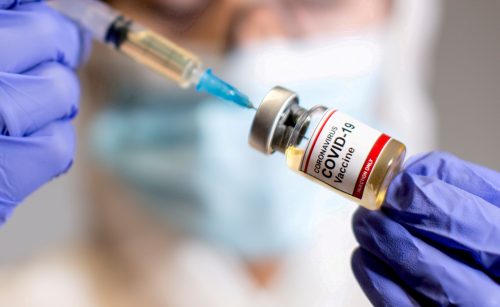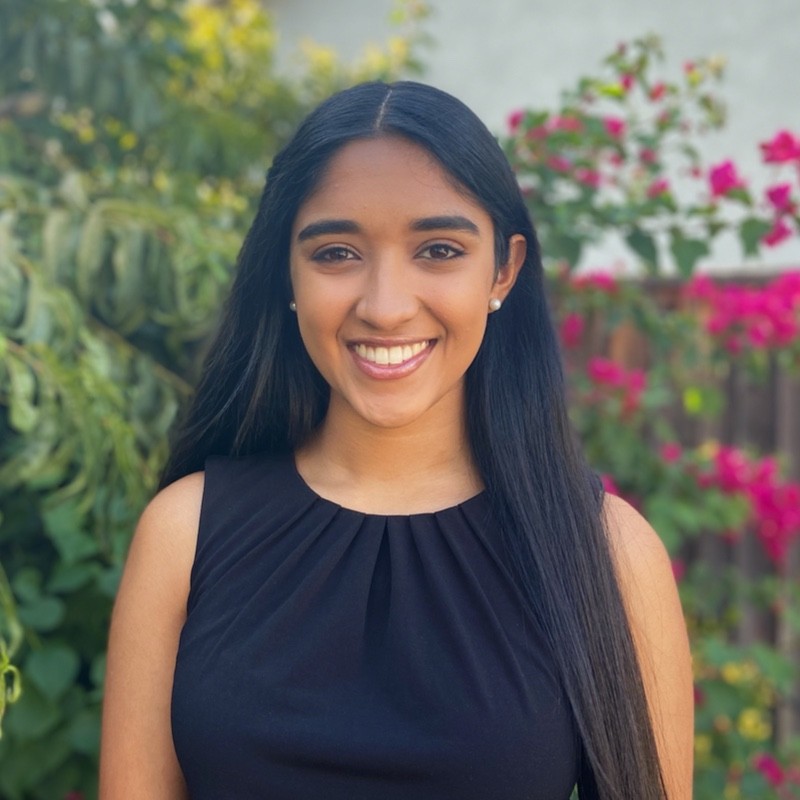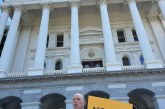

By Kritika Singh
CALIFORNIA— With the upcoming winter months raising concerns over possible increases in positive COVID-19 cases, this week the state of California greatly expanded its guidance on COVID-19 booster shots.
Previously, only Californians who were 65 years of age or older, who had underlying health conditions, or who lived or worked in settings at high risk of transmission were eligible to make appointments for booster shots on MyTurn (the state’s centralized system for scheduling vaccination appointments).
As of this week, however, virtually any adult who is at least 18 years of age and who received their second dose of the COVID-19 vaccine at least six months ago can schedule an appointment for a booster.
Although this update is welcome news for those who have been anxious to receive their booster shot, the guidance fails to address a particularly vulnerable subset of Californians: the incarcerated.
While the vast majority of incarcerated individuals have been eligible to receive COVID-19 boosters since October by virtue of residing in high-risk settings, 22% of those residing in CDCR (California Department of Corrections and Rehabilitation) facilities remain unvaccinated. Additionally, only 66% of CDCR staff are fully vaccinated, further exacerbating the risk of spreading COVID-19 within prison/jail facilities.
This has culminated in a CDCR confirmed case rate that is approximately five times as high as the broader rate for California. The pandemic situation in jails too is dire, with the Sacramento County Jail observing a 2,580% increase in cases between October 6 and November 11.
Despite this, thus far neither the CDCR nor the Federal Bureau of Prisons has updated their clinical guidance on vaccines to account for the new updates regarding boosters.
It is unclear how the state penal system plans to incentivize more incarcerated individuals and staff members to get vaccinated and/or to receive boosters—if they plan to do so at all.
On a more local level, the Sacramento County Jail has been offering such financial incentives for the incarcerated since July. However, little data is available to confirm or deny whether these incentives are successful in increasing vaccination rates.
Activist Mackenzie Wilson says that more needs to be done to stop transmission within prisons and jails: “We ask that you use your platform and your powers to support the immediate release of folks inside of the jail. We ask that you tell the district attorney to stop the spread and save lives by choosing not to file charges.”







